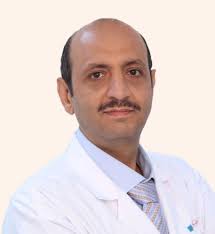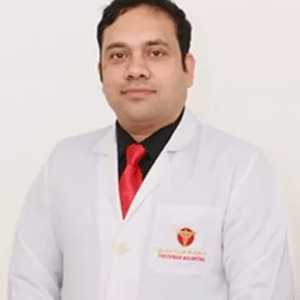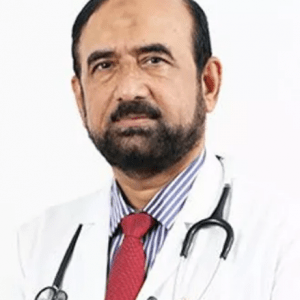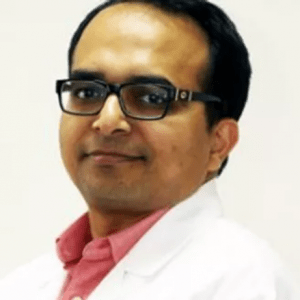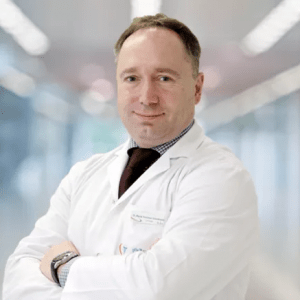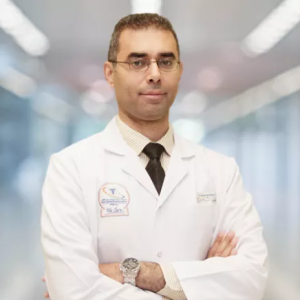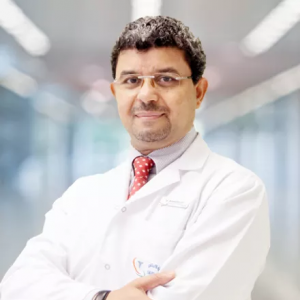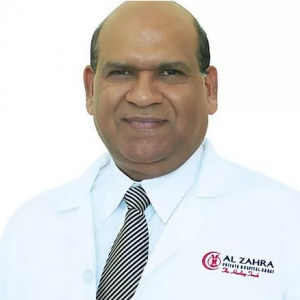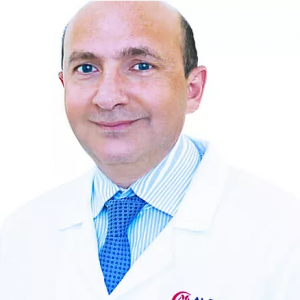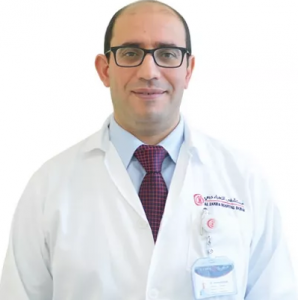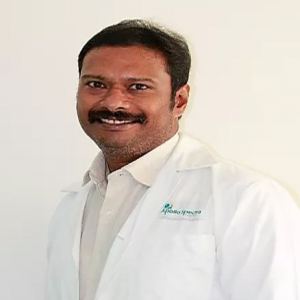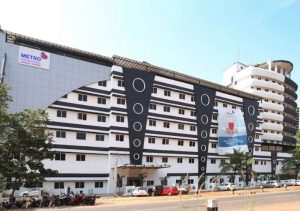Orchidectomy
You might have an operation to remove your testicles (orchidectomy). The testicles produce testosterone, which can help prostate cancer grow. So removing the testicles can help to … Read More
Top Doctors For Orchidectomy Treatments
Top Hospitals For Orchidectomy Treatments
Orchidectomy
What is an Orchiectomy and why is it needed?
People often tend to underestimate prostate cancer and its severity. However, there are plenty who overreact without even knowing what they are diagnosed with. Though cancer ultimately affects our daily routine, there are numerous recovery options available against testicular/prostate cancer. While undergoing an orchidectomy is the smartest option, knowing about your disease and diagnosis is equally important. An orchidectomy is one such procedure used widely for the treatment of testicular cancer. Some men prefer to have this surgery as it is one treatment compared to regular injections. Orchidectomy is not reversible. You may find the removal of your testicles upsetting.Orchiectomy And Its Types
Orchidectomy is a surgical procedure in which either one or both the testicles of the human body are removed. It is performed to treat testicular or prostate cancer. It is a simple operation that requires no longer than 30 minutes under a general anaesthetic. If one testicle is removed during the orchidectomy, then the other remaining testis makes up for all the other testis’ work. Therefore, even after removing one testis from the body, sperm, testosterone production and erectile function are normal There are several types of orchiectomy procedures depending on your condition or the goal that you’re trying to reach by having this procedure done:How Is Orchiectomy Surgery Performed?
There are three different types of orchidectomy; simple, subcapsular, and inguinal.- Simple orchiectomy
- Subcapsular orchiectomy
- Inguinal orchiectomy
- Radical Orchiectomy
- Will have no significant impact on a person’s fertility.
- It Will not affect the sex life.
- It Will not affect testosterone levels.
- Does Not Cause Any Other Health problems.
- It is not noticeable to most people.
- Wearing Scrotal Support For The 1st Two Days.
- Icing To Reduce Swelling Around The Incision Or Rectum.
- Keeping The Area Clean, Dry, And Covered In Gauze.
- Using Creams/Ointments as prescribed by your medical practitioner.
- Advil, Motrin for the pain as prescribed by your medical practitioner.
- Stool Softener ( Only For 15 Days) and high-fiber diet for regular and strain-free bowel movements.
- Period Assessment by doctors.
- Tumour Markers.
- Chest X-Ray and CT Scan.
Symptoms
There are usually no symptoms in the early stages of prostate cancer. However, as the tumour enlarges the prostate, you may start experiencing the following symptoms:
- Difficult in urination
- Weak, interrupted, or painful urination
- Frequent urination
- Painful Ejaculation
- Problems getting an erection
- Blood in urine or semen
- Pain or stiffness in the lower back, hips, or pelvis
NOTE: These symptoms may also be caused by prostate enlargement, which is not cancer.
.Your doctor may do this surgery to treat breast cancer or prostate cancer. Without the testicles, your body can’t make as much testosterone. Testosterone is a hormone that can cause prostate or breast cancer to spread more quickly. Without testosterone, the cancer may grow at a slower rate, and some symptoms, such as bone pain, may be more bearable.
Your doctor may recommend orchiectomy if you’re in generally good health, and if the cancer cells have not spread beyond your testicles or far beyond your prostate gland.
You may want to do an orchiectomy if you’re transitioning from male to female and want to reduce how much testosterone your body makes.
Causes
Prostate cancer, testicular tumor, cryptorchidism, and testicular torsion were the first four causes of orchiectomy.
FAQ
How Long Does It Take To Recover After An Orchidectomy?
The recoveries are quick. The skin heals within two weeks, but the deeper layers take up to three months. Therefore, complete wound healing takes around six to eight weeks to recover. Once the catheter is removed from the body, there will be some urinary leakage, which will gradually come under control 4-6 weeks after the surgery.
What are Orchiectomy side effects & Orchiectomy complications?
Because the prostate sits in the urinary tract and because the nerves that allow for erection are attached to the prostate, patients will experience some urinary side-effects and a few difficulties with erection. The main side effect is urinary leakage, which is most often temporary, and erectile dysfunction. If the urinary leakage is severe, it can be fixed with a small operation called the artificial sphincter.
If you see the following side-effects, see your doctor immediately:
- Pain around the incision
- Pus from or around the incision
- High Fever (Over 100 F)
- Problems In Urination
How Much Does An Orchidectomy Cost?
The cost of an orchidectomy generally ranges from Rs 3,75,000 to Rs 5,30,000
What are some other treatment options against Prostate Cancer?
Testicular/Prostate cancer can be cured with modern therapy. The ability to treat and cure cancer is one of the remarkably encouraging stories in all of medicine
Possible treatments may include:
- Surveillance Only meaning no further treatment but closely monitoring cancer with lab tests and imaging
- Chemotherapy
- Radiotherapy
- Further Surgery





